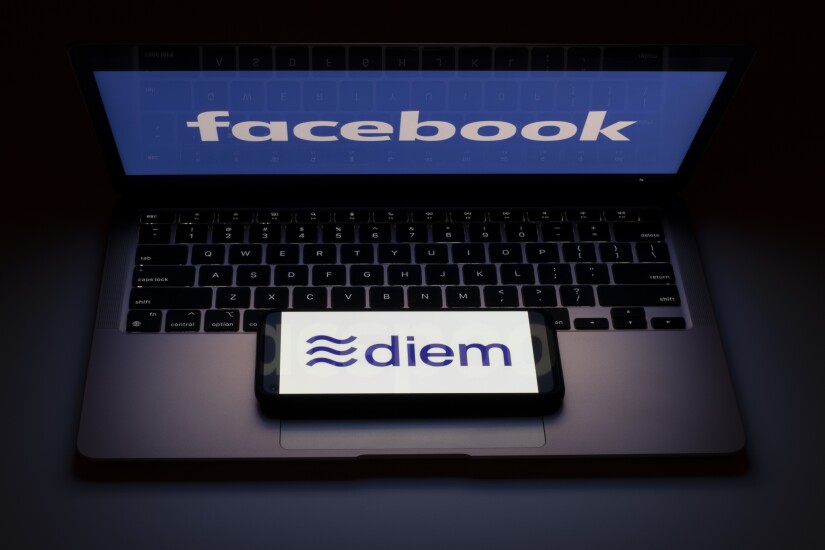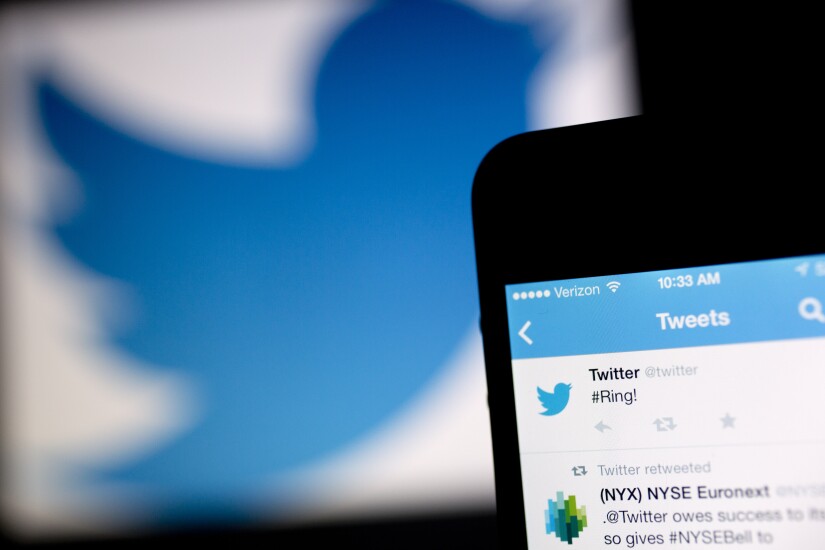How much should traditional financial institutions fear the creep of Big Tech firms into banking, payments and prospective superapps?
Mega technology companies such as Amazon, Apple, Meta and Alphabet, the parent company of Google, occupy the tricky space of being both a vendor and perceived threat to traditional financial institutions. X, formerly known as Twitter, is making its own noises about entering financial services.
On one hand, these companies' credit cards, buy now/pay later products and deposit accounts depend on traditional financial institutions or fintechs to get off the ground. Banks are also increasingly migrating to cloud services offered by Amazon and Google. On the other hand, they periodically play with the idea of rolling out financial products to their massive customer bases that would compete with bank partners.
Some of these firms could be
None of the companies mentioned have taken steps to obtain a banking license, so for now they need the support of financial institutions to offer bank products. Moreover, these entities have no desire to become banks themselves, said Peter Wannemacher, principal analyst in digital banking at research and consulting firm Forrester, in a recent interview.
"Our research has more consistently pointed to tech titans being overstated or misunderstood as a threat to traditional financial services providers rather than as an unseen or underappreciated threat," he said. "Bank executives have tended to be more worried, at least in the short term, than was appropriate."
Still, potential threats lurk in the long term view, especially in two key areas.
One is the tendency of Big Tech firms to build products that offer a "superior value proposition for people with financial needs," said Wannemacher. He points to Apple Card and its easy transaction views as one example, an area where many big banks fall short in their mobile apps, according to Forrester research.
"Banks still basically chase other people's ideas," said Wannemacher. "They've fallen short at thinking of new ideas, products, and ways of interacting with people."
Another growing area of concern is these firms' ability to lock customers into their ecosystems and nurture brand loyalty — which could provide a built-in customer acquisition funnel when they introduce financial products.
"If the battle is for attention and affection, traditional financial institutions are in trouble," said Wannemacher.
Here is a closer look at the latest investments Amazon, Apple, Meta, Google and X have made or are teasing in their financial services arms.











